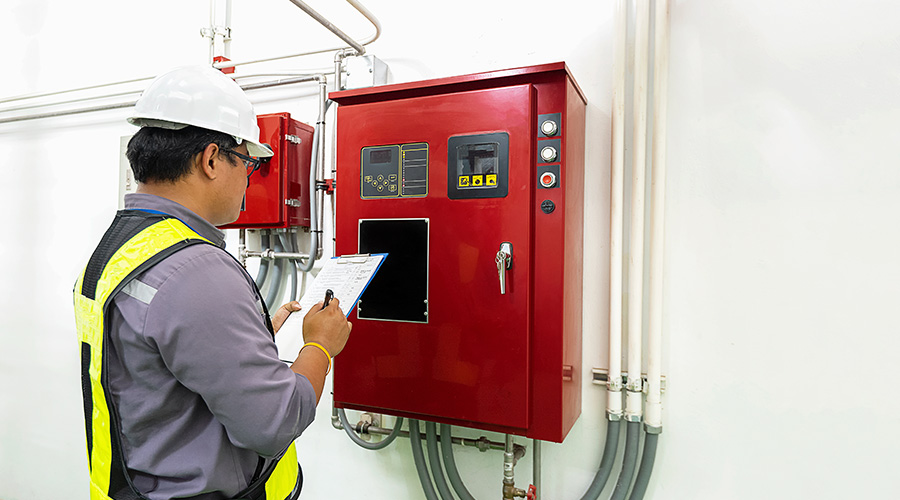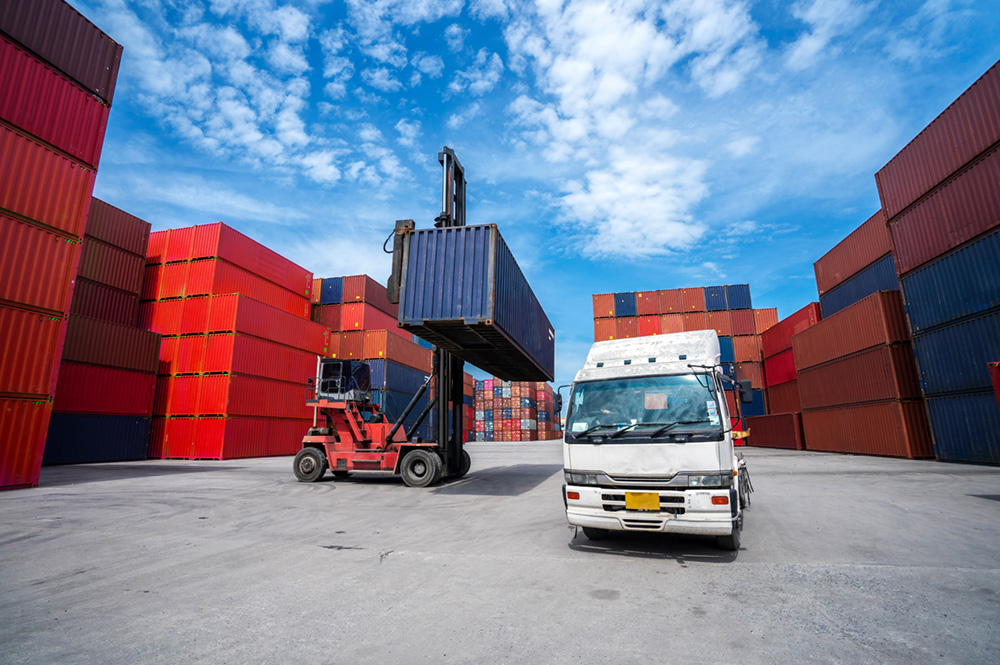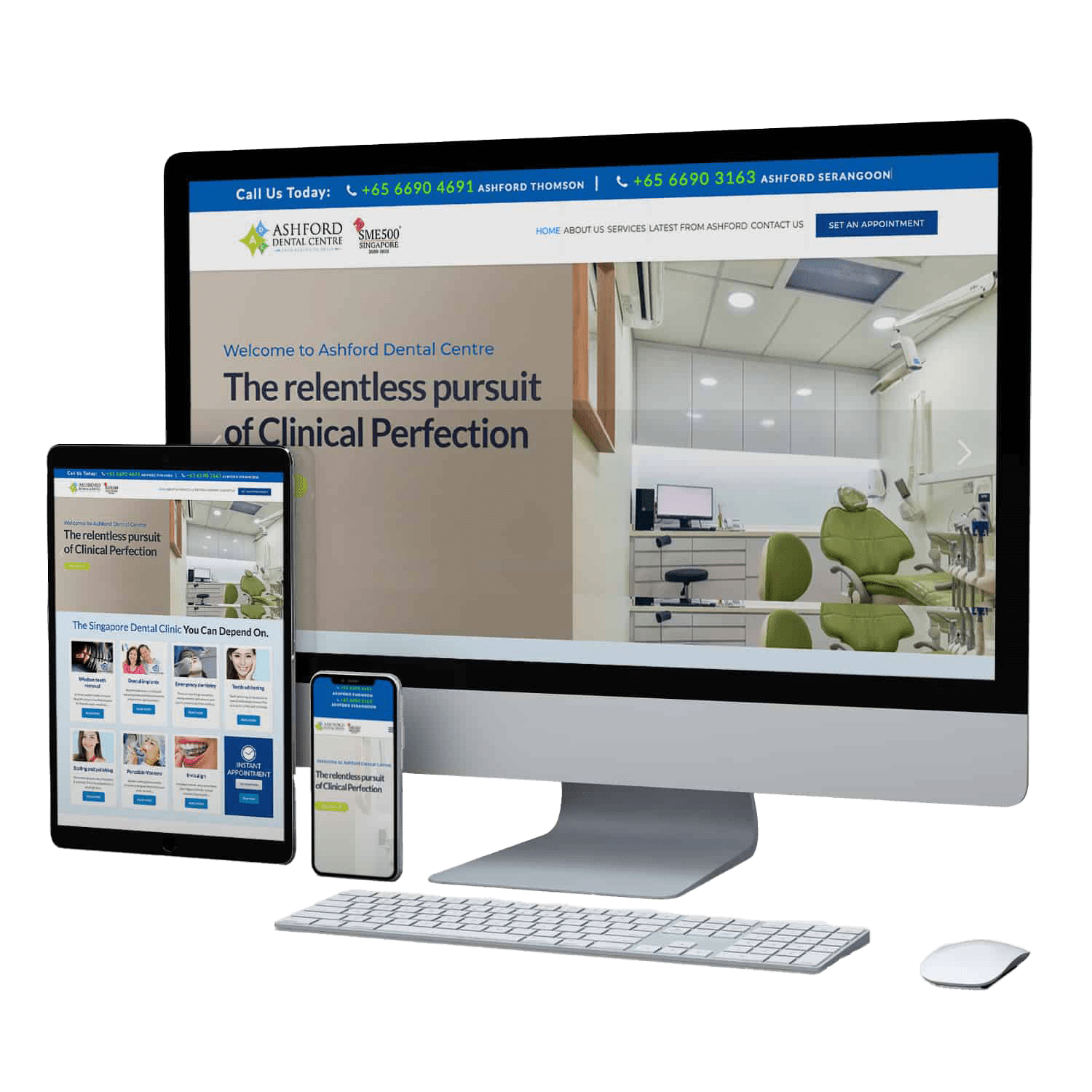Safety and Security Signaling is an essential component for any environment that prioritizes protection, compliance, and efficient communication. Effective signaling solutions play a crucial role in alerting occupants to potential hazards, coordinating emergency responses, and maintaining operational continuity. Proof-Tech Waterproofing & Maintenance Pte Ltd. offers advanced Safety and Security Signaling systems designed to meet the highest safety standards while integrating seamlessly with existing infrastructure. These solutions provide a reliable framework for risk management, ensuring that buildings, facilities, and industrial sites remain safe and secure.
Safety and Security Signaling is more than just an alarm or a warning light—it is a comprehensive communication tool that safeguards people, property, and assets. From visual indicators to audible alerts, intercoms, telephony, and initiating devices, modern signaling systems are engineered to provide clear, immediate, and actionable information to those who need it most.
Understanding Safety and Security Signaling
Safety and Security Signaling refers to the combination of devices, systems, and protocols that notify occupants of emergencies or changes in operating conditions. These systems are designed to provide rapid alerts and guidance, enabling timely responses that reduce risk and prevent accidents.
Visual signals such as lights and beacons communicate danger or status changes instantly, even in noisy environments. Audible signals like horns, sirens, and tone modules convey critical messages across large areas. Intercom systems allow direct communication between individuals and control centers, while telephony and initiating devices provide additional layers of connectivity and emergency activation.
Implementing robust Safety and Security Signaling ensures that every stakeholder—from employees to visitors—receives timely information, which is crucial in high-risk environments such as industrial plants, construction sites, and commercial facilities.
Visual Signaling Solutions
Visual signals are a key aspect of Safety and Security Signaling, offering immediate and unmistakable alerts. Different types of visual signals cater to varying needs and environments.
- Flashing Lights provide rapid visual cues that attract attention, making them ideal for high-risk zones.
- Rotating Lights enhance visibility and are commonly used in industrial settings where continuous motion helps differentiate signals.
- Steady Lights indicate status changes, operational readiness, or safe conditions.
- Strobe Lights offer high-intensity illumination for emergencies where maximum visibility is critical.
- Panel Mount Signals integrate with control panels to display system status at a glance.
- Status Indicator Lights are compact, reliable indicators used in equipment and machinery.
- Beacons serve as prominent alert devices, providing both location and status information over wide areas.
Visual Safety and Security Signaling ensures that critical alerts are immediately noticeable, even in environments with complex layouts, bright lighting, or high levels of ambient noise.
Audible Signaling Solutions
Audible signaling complements visual alerts by providing unmistakable sound cues that indicate danger or status changes. These systems are essential in environments where visual signals alone may not be sufficient.
- Amplified Speakers deliver clear messages over long distances and noisy surroundings.
- Bells are traditional yet effective devices for notifying personnel of emergencies.
- Electronic Sirens generate distinct sounds to attract attention quickly.
- Horns provide loud, penetrating alerts suitable for industrial areas.
- Loudspeakers enable real-time voice instructions and announcements.
- Sounders offer compact alert solutions with variable tones.
- Tone Modules provide pre-programmed alerts for different emergency scenarios.
- Voice Guns allow direct verbal notifications to targeted areas.
Audible Safety and Security Signaling ensures that occupants respond promptly, reducing response times and minimizing potential harm during emergencies. Combining audible and visual alerts strengthens overall communication and creates a comprehensive emergency notification system.
Intercom and Telephony Systems
Intercoms and telephony systems form the backbone of communication in Safety and Security Signaling. They facilitate direct contact between personnel, management, and emergency responders.
- Public Address Systems allow announcements to be broadcast across multiple zones simultaneously.
- General Alarm Digital Systems integrate with signaling devices to provide automated alerts for specific conditions.
- Master Stations control multiple intercom points, ensuring centralized monitoring and response.
- Intercom Stations and Handsets enable two-way communication between different areas or departments.
- Panel Microphones and Speakers enhance voice clarity, ensuring messages are understood.
- Ex-Proof Industrial Telephones are designed for hazardous areas, providing safe and reliable communication.
- Extension Bells and Horns extend the reach of alerts throughout a facility.
Intercom and telephony components of Safety and Security Signaling allow real-time coordination, critical instructions, and rapid escalation of incidents, enhancing overall safety and operational efficiency.
Initiating Devices for Emergency Response
Initiating devices form the action-oriented element of Safety and Security Signaling. They allow personnel to trigger alarms, initiate alerts, or activate safety protocols manually.
- Breakglass Callpoints provide a quick and intuitive way to raise alarms.
- Fire Alarm Pull Stations are prominently located to enable immediate response to fire incidents.
- Push Button Stations allow the activation of systems such as emergency lighting, evacuation signals, or machinery shutdowns.
These devices are integrated with visual and audible systems, creating a comprehensive network that ensures rapid, coordinated responses during critical situations. Initiating devices enhance the reliability and effectiveness of Safety and Security Signaling, giving users the ability to act immediately.
Certifications and Compliance
Safety and Security Signaling solutions are only as reliable as the standards they meet. Proof-Tech Waterproofing & Maintenance Pte Ltd. ensures all systems adhere to internationally recognized certifications.
ATEX Production Quality Assurance ensures that equipment and protective systems are safe for use in potentially explosive atmospheres. Compliance with Directive 2014/34/EU and Annex IV guarantees production quality and operational safety in high-risk industrial environments.
IECEx Quality Assurance provides global recognition for signaling and communication devices, confirming adherence to rigorous safety, performance, and reliability standards. IECEx-certified systems are trusted in hazardous locations and environments requiring stringent operational safety.
By choosing certified Safety and Security Signaling solutions, businesses minimize risk, comply with legal requirements, and enhance confidence in their emergency preparedness.
Why Choose Proof-Tech Waterproofing & Maintenance Pte Ltd. for Safety Signaling
Proof-Tech Waterproofing & Maintenance Pte Ltd. combines technical expertise, industry experience, and a commitment to safety to deliver reliable Safety and Security Signaling solutions. Their services ensure that signaling systems are properly installed, maintained, and integrated with existing infrastructure.
Expert technicians assess site-specific requirements and customize solutions to meet unique operational needs. Whether it is industrial facilities, commercial buildings, or residential complexes, Proof-Tech delivers comprehensive systems that protect people, property, and investments.
Safety and Security Signaling is also maintained with durability in mind, with regular inspections, system tests, and updates to ensure continuous compliance and performance. Choosing Proof-Tech means partnering with a trusted provider dedicated to safety, reliability, and long-term operational efficiency.
Takeaway
Safety and Security Signaling is a critical investment for any environment that values protection, regulatory compliance, and operational continuity. Visual, audible, intercom, telephony, and initiating devices work together to provide a complete emergency notification system. Certifications such as ATEX and IECEx ensure that systems meet the highest safety standards.
Proof-Tech Waterproofing & Maintenance Pte Ltd. delivers expertly designed and maintained Safety and Security Signaling solutions tailored to specific needs. Proper implementation of these systems protects lives, reduces risk, and provides peace of mind for organizations across industries.
FAQ
What are the main types of Safety and Security Signaling?
The main types include visual signals (lights, beacons), audible alerts (sirens, horns, speakers), intercom and telephony systems, and initiating devices like push buttons and fire alarm pull stations.
How do visual and audible alarms differ in purpose?
Visual alarms provide instant, visible alerts, especially in noisy environments, while audible alarms convey critical messages through sound, ensuring alerts are noticed even when visibility is low.
Why are ATEX and IECEx certifications important?
These certifications ensure that signaling equipment is safe, reliable, and compliant with international standards, particularly in hazardous or potentially explosive environments.
Can signaling systems be integrated with other safety infrastructure?
Yes, modern Safety and Security Signaling systems can integrate with fire detection, building management, and emergency response systems for a unified approach to safety.
How often should Safety and Security Signaling equipment be maintained?
Regular maintenance, inspections, and testing—typically annually or as recommended by the manufacturer—ensure that all devices function properly and comply with safety regulations.










